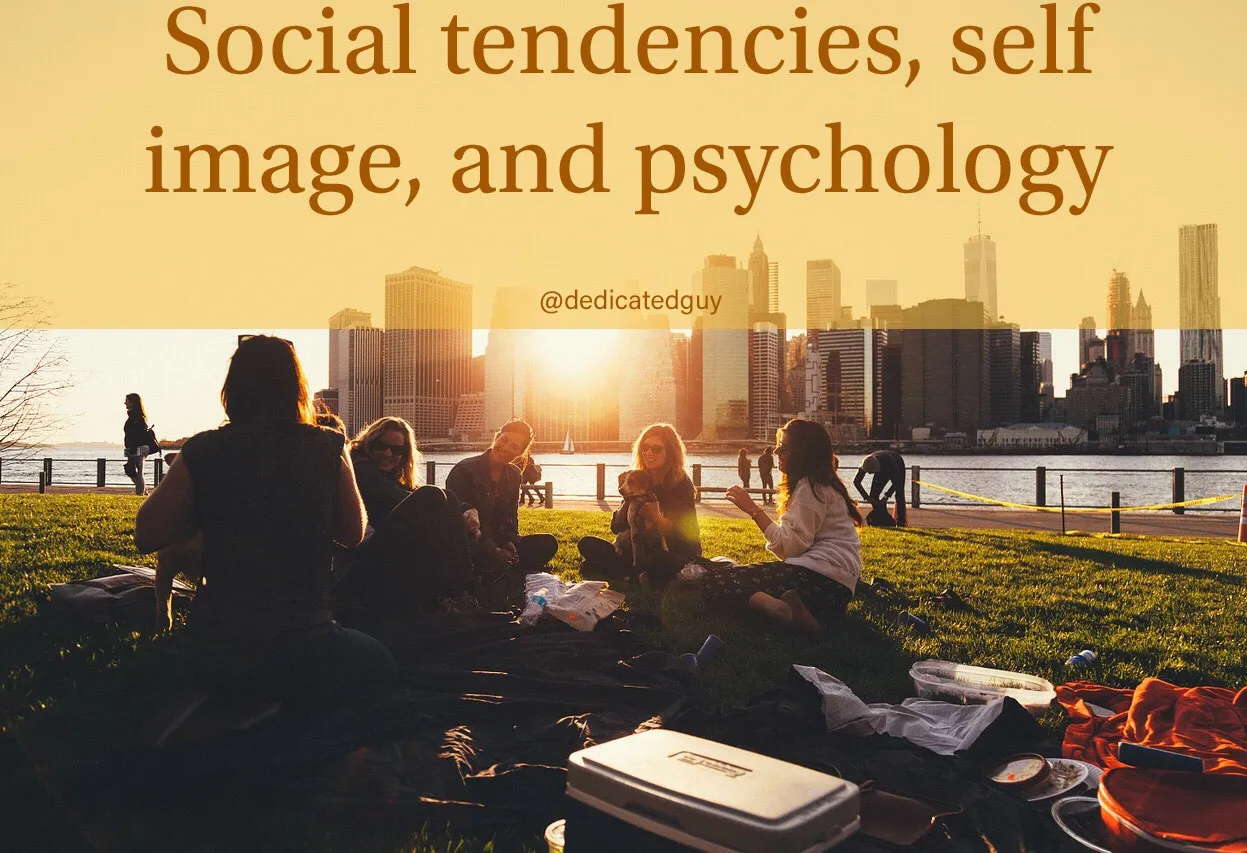

Introduction
We all know that, where there is a society, there are people who judge. Maybe because of this things like hairstyles, to the clothes we wear, including the body language that is used and the products that are consumed, everything that unites us to life in a community is affected by tons of labels designed in the most sophisticated ways by people who are experts in marketing.
Yesterday, urban tribes were responsible for maintaining these codes of looks and behavior. Today, some people’s personality have been diluted in a much broader concept: “poseur”, which is defined as:

A person who behaves affectedly in order to impress others. |Source
This word is used as a reference towards those individuals who pretend to be something they are not. Young people are the most responsible for extending the use of this word to refer to individuals who copy their looks without previously having honestly adopted their likes, their values and in general, their ways. This happens obviously on the street, a place in which for some people to exemplify their personality means, in part, to renovate themselves.
Thus, this phenomenon in the past, was about imitating the looks of a particular group without doing the same with their ethics, which would be what gives meaning to the whole idiosyncrasy of its members, their looks, the shared sensations transmitted by the type of music they enjoyed, the distinct way of dressing to recognize each others, among other things.
Imitation is the partial or complete reproduction or performance of an act that is stimulated by the perception of a similar act by another animal or person. Imitation or copying behavior if clearly evident in humans and animals from the infancy itself. | Source
Today this is no longer the case. Now, the poseurs have become separated of those little “tribes” from before, they have become part in the day to day of a large part in our modern social life. It consists in giving the desired image, but not any desired image, a very specific one that which allows people to merge with the crowd, not to stand out. Now, this way of pretending is a product for the taste of everyone, easily marketable in order to be adopted everywhere.
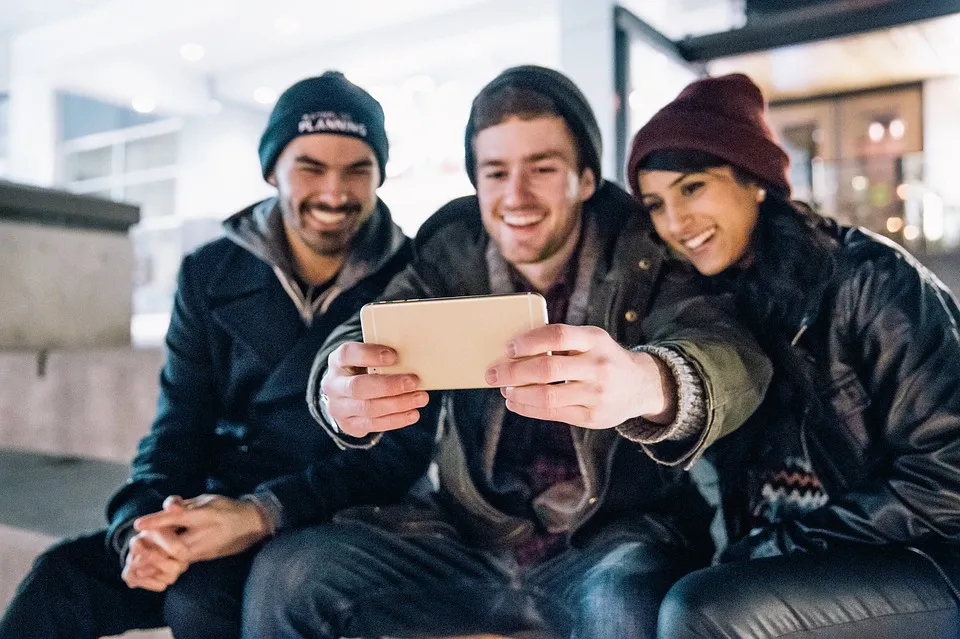
...people will change their behavior to align with the social situation at hand. If we are in a new situation or are unsure how to behave, we will take our cues from other individuals. | Source
This kind of people is no longer interested in posing for a little community or small social group. Now, they want to appear to be something much wider, for all tastes, so that everyone can enjoy having a look at whatever they are doing.

Social image in the modern day
This social tendency, as we can see, has appeared in the same breeding grounds in which the urban tribes appeared, I mean, in the externalization of habits related to life beyond work. In the urban tribes of the past, this informal habits were related to spaces of dissidence: concerts, the world of graffiti, skating in public places and other similar things, in which the elements there would be copied by others were created in the first place with the goal of maintaining appearances and sharing the same social image.
Today, that “informal habit” means, simply and plainly, leisure time.
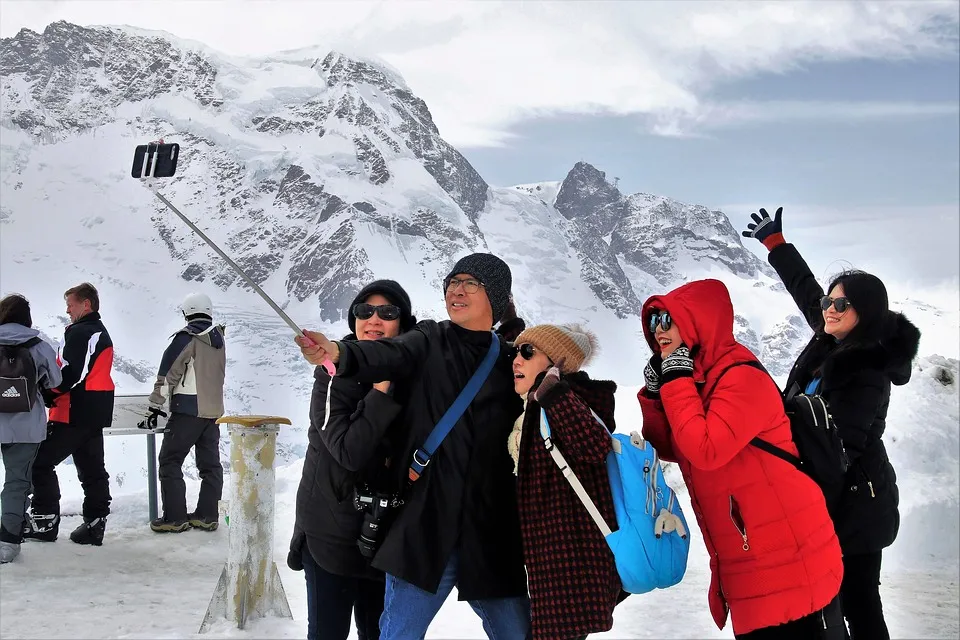
Not all people share the struggles of any political movement we might encounter, nor share for example, the likes of bikers group that love to ride together and own the road. Nevertheless, far more people enjoy going to music festivals, taking trips or meeting from time to time with friends. And the vast majority of these people obviously have access to each others profiles on social networks.
Social image, or the views that others have of us and our groups, plays a role in a wide array of psychological processes, including impression management, interpersonal relationships, mate selection, intragroup and intergroup processes, the experience and expression of emotion, gender differences in behavior, and the construction and maintenance of social status. | Source

Now everything is digital
It is in the realm of our online social networks where the new poseurs start to show off their lives. If in the past they wanted to adopt some elements of an easily recognizable local band for example, today the same is done to pretend to be a normal person always aware of the last trending subjects, with typical influences well assimilated by everyone else and typical situations of leisure moments, all of that portrayed in social media profiles.
If before this was exercised in the street, today it is exercised from the solitude of our smartphones, at the time of selecting pictures and tapping the share image button. It is something that everyone can do with simply access to technology, regardless of the social dynamics or the habits of the place in which the person is living.
The opinion of others has been a part of identity development for more than a century. The "looking-glass self" is a psychological concept that suggests we develop our sense of self based on the perceptions of those we interact with. - Andrea Letamendi. | Source
The selfie stick as example
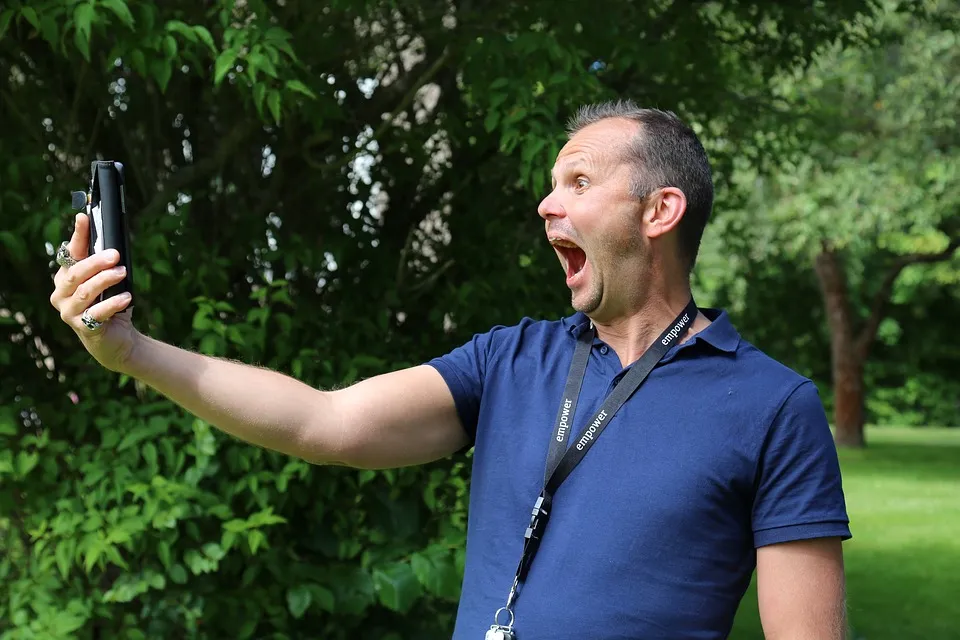
An example of this is the very rapid popularization of the selfie stick, whose function is to make it easier to capture an event and be able to properly say "I was here". The new poseurs are very refined and are now based on gaining attention towards specific things, one might think something like: “I was here, and for some reason I show you this. I've also been washing the kitchen, but for some reason I'm not showing it to you. I want you to know that I've been there, but not here. And if necessary, I'll buy a stick to take a picture of me when there's no one to accompany me”
It is common to see people posing when they are going to take a picture. Sometimes there can be uncomfortable seconds, and in those moments that are lacking comfort, if we pay attention to the faces of the people who are posing, we can see the friction between the look they want to project and what they are really doing. It is not done in order to stand out, but to join with the abstract image of a person who lives the “high live”.

Conclusion
The tendency to act like this is the result of globalization in social interactions. If two years ago people mocked at the tourists who traveled with a selfie stick, today it is completely normal to use them. If a few years ago people wanted to distinguish themselves by being different than others, today they try to be more like the members of our global community.
Whether it occurs consciously or unconsciously, in face-to-face interactions or online, copying is associated with conformity. | Source
More and more, our social life is based on the profiles we have on different websites. Increasingly, the image we give is similar to the one we want to give through these virtual profiles. Hopefully, in this eagerness to show what people are, the ways of living life in a spontaneous and original way are not forgotten.
What do you think about this topic? Have you suddenly found yourself mirroring another person?
References
lumenlearning – social psychology
healthandmindcare why others copy
mashable - psychology of selfie
Images sources
All images are from pixabay

If these titles sound interesting to you, I assure you the articles will be even better!

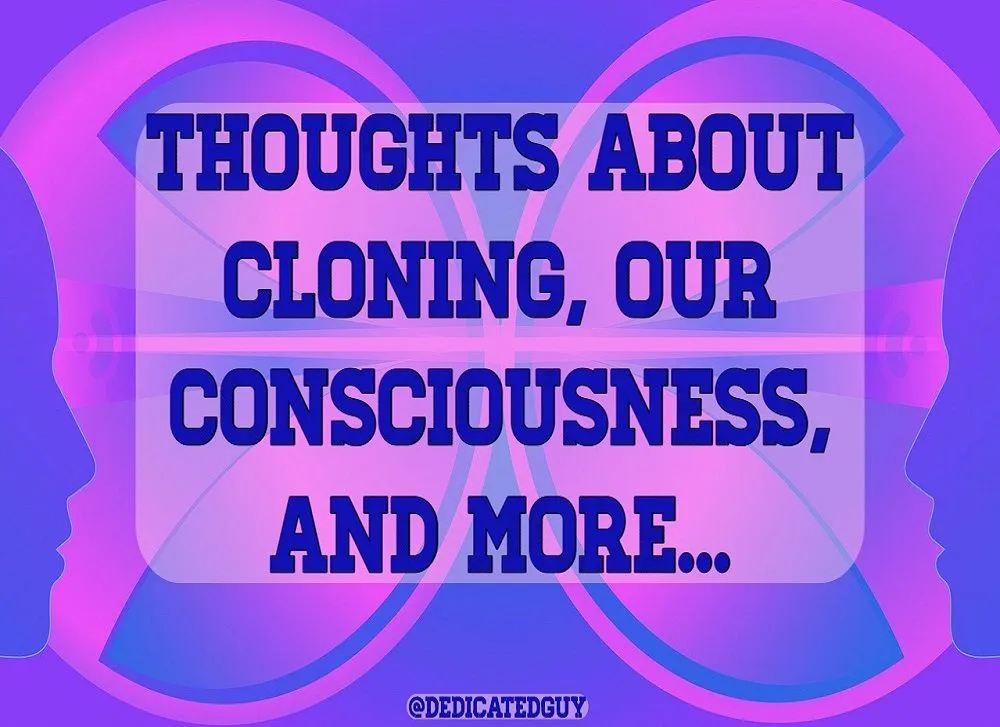
Thoughts about cloning, our consciousness, and more... |

Let's talk about the effects scents have on us |

Meet FarmaTrust: improving the pharmaceutical industry |
